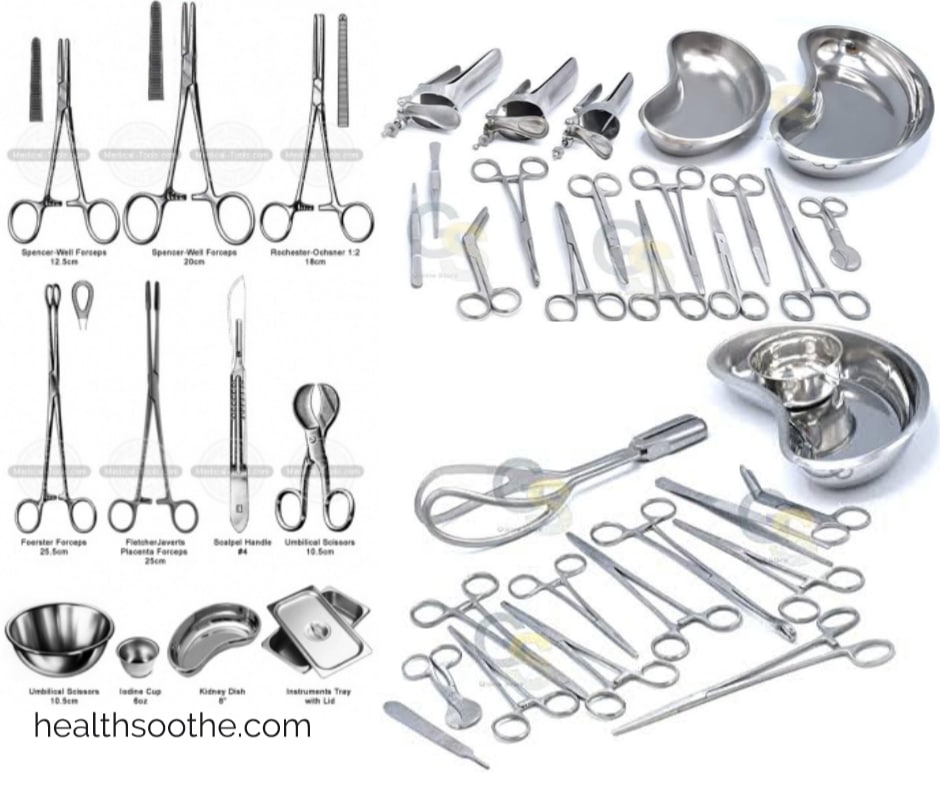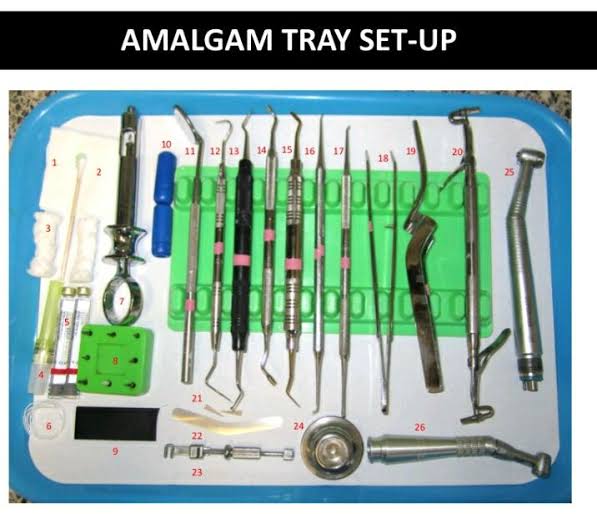Bad breath in cats are common complaints from cat owners, but, most of them are unaware that cat dental problems are important suspects in the cause of the bad breath. This is why it is important to regularly clean the teeth and mouth of your feline – no matter how new it is to them.
[ninja_tables id="67586"]
Cat dental problems are real problems that make the quality of life you try to give you cat uncomfortable and cause them pain in different levels of severity. While some dental problems in cats are common – such as gingivitis, periodontitis, and tooth resorption – others, such as feline stomatitis, are not so common.
In this article, we will provide you with an easy-to-understand overview of these cat dental problems. You will also get to know what causes these diseases, how they can be treated, preventive measures to stop them from occurring and the general symptom your feline will present when they have these dental problems.
Cat Dentition
Cats, like most mammals, have deciduous teeth which they eventually shed for permanent and stronger adult teeth. A cat’s dentition is dictated by the nature of food it eats. Therefore, naturally, cats being carnivorous, have a dentition that helps them capture preys and render them paralyzed.
Cats have 26 deciduous teeth that begin to erupt at around the second to the fourth week after birth. The incisors are the first set to erupt, followed by the premolars at about the fifth or sixth week of age. Cats usually lose these teeth and erupt the adult teeth starting from the fourth month up till the seventh month. There are 30 of them.
Cats’ dentition is important to them as it helps them capture and paralyze preys. It also important in helping them tear the meat of their prey apart. Therefore, it is necessary that their teeth be kept healthy and strong. One of the ways to achieve this is to regularly brush your cat’s teeth. Failure to do this may lead to some dental problems that may be signalled by the bad breath most cat owners complain about.
- Related reading: 5 Common Dog Dental Problems And When to Seek Help
Common Cat Dental Problems
There are a host of dental problems that are associated with mammals. However, with cats, there are few common ones and they include the common dental problems; gingivitis and periodontitis. Also, cats also have lesser common dental problems such as tooth resorption and feline stomatitis.
Gingivitis
Gingivitis in cats happens the same way it does in humans. It starts with the accumulation of plaque that harbors bacteria. Plaques grow when there is inconsistent or non-existent oral hygiene, and the more they grow, the deadlier they are.
The mouth of cats contains bacteria, naturally. These bacteria are usually unharmful as they sometimes aid in the digestion of food substances. However, they become problematic when they are trapped by plaques and they begin to multiply. Their site action begins from the gingiva line – the point at which the pink tissue providing support to a cat’s teeth and a tooth meets – otherwise called the gum line. The bacteria produce acids that penetrate the gingiva and in response to the presence of foreign material, the cat’s antibodies produce chemicals to counter the bacterial acid. This leads to the inflammation and redness – and sometimes, bleeding – of the gum.
In cats, gingivitis may also be a result of some underlying health condition such as autoimmune disease, diabetes, feline leukemia virus, or feline calicivirus.
- Related reading: The Effects of Using CBD Oil for Pets
Symptoms of Gingivitis in Cats
Redness and inflammation of the gum tissue
The most prominent symptom of gingivitis in cats is the reddish coloration of the normally pink gum tissue. The gum tissue will also be inflamed.
Loss of appetite
Another common symptom is the loss of desire to eat, most likely due to the pain, the cat feels when it uses its teeth or when food comes in contact with the gum.
Other symptoms attached to gingivitis include:
- Bad breath
- Drooling
- Unusual head turning while eating
- Soft food preference.
Prevention of Gingivitis in Cats
The prevention of gingivitis in cats is dependent on the quality of oral health practice it gets. It is best to regularly remove plaques that hide bacteria. This way, the bacteria population can easily be kept under control by the action of the saliva and the gum line is kept safe.
Use toothbrush and toothpaste that is specifically made and formulated for cats as most human dental products can be harmful to cats.
Treatment of Gingivitis in Cats
Depending on how far the dental disease has progressed, gingivitis can be reversed through treatment. It usually involves a combined oral cleaning practice and antibiotics treatment.
The oral cleaning practice helps to remove the plaque and expose the bacteria, thereby reducing their population as saliva can get reach them. The antibiotics help to kill off the unwanted population of the bacteria.
It is important to note that it is best to let a veterinary doctor recommend an antibiotic for your cat as you might endanger the life of your cat if you do so yourself. Also, if the teeth-cleaning exercise seems painful for your cat, let your vet handle the exercise.
Periodontitis in Cats
Periodontitis is an advanced stage of gingivitis. It occurs when gingivitis – caused by the reaction of a cat’s antibody to the acid produced by harmful bacteria – is left untreated. Periodontitis, unlike gingivitis, does not stop at the gum line, it penetrates below the gum line and weakens the tissue so that it begins to separate from the affected tooth. The bacteria may spread as far as the bone that supports the teeth and jaw.
Symptoms of Periodontitis in Cats
Since periodontitis is a progression from gingivitis, it shares the same symptoms as gingivitis. However, periodontitis has a distinct symptom, which is the separation of the gum tissue from the affected tooth.
Treatment of Periodontitis in Cats
The treatment of periodontitis follows the same procedure as in gingivitis; plaque removal by brushing of your cat’s teeth, prescription of antibiotics by a vet and your cat using it.
However, if periodontitis has progressed too far that the tooth or teeth cannot be saved, they will be removed.
Tooth Resorption
In contrast to tooth loss in dogs, tooth resorption is the leading cause of tooth loss in cats. This cat dental problem occurs on the tooth, at the point where the gum meets the tooth and it makes the gum appear to be growing over the tooth. Sometimes, it makes it appear as though there is a hole in the tooth.
Tooth resorption causes degradation of the affected tooth beginning from the outside, destroying the enamel, and progressing inside the tooth, causing the inner part of the tooth to be exposed. The gradual degradation of the tooth renders it fragile and makes its treatment difficult. It can develop as a result of gingivitis.
Symptoms of Tooth Resorption in Cats
- Pain
- Loss of appetite
- Drooling
- Easily irritable
- Lesions on the gum
Treatment of Tooth Resorption in Cats
Before tooth resorption can be treated, the vet has to know the extent of tooth and tissue damage. Your cat will undergo an x-ray scan imaging test. If the test results show minimal damage, the vet will help to stop the condition from progressing and help with pain management.
However, if there is extensive damage, the tooth and the affected tissues might be removed. This exercise can be difficult as the tooth usually flakes due to demineralization and the tooth removal may be restricted to the crown alone.
Feline Stomatitis
This is a cat dental problem that is not restrictive to the teeth alone. It affects other parts of the mouth such as the gums, walls of the cheek, and soft tissues in the mouth. It occurs in reaction to the action of the bacteria housed by plaque, therefore, it is as a result of an over-activity of the immune system of the affected cat.
Feline stomatitis causes the soft tissues of the mouth, starting from the gum to the back of the mouth get inflamed and form ulcer-like patches in the mouth.
Symptoms of Feline Stomatitis
- Pain
- Ulceration in the soft tissues of the mouth
- Inflammation of the cheek walls and the back of the mouth
- Loss of appetite
Treatment of Feline Stomatitis
If your cat presents the above symptoms, your vet will recommend that you routinely clean your cat’s teeth of plaque to rid its mouth of the excess bacteria. The vet will also prescribe an antibiotic for your cat.
- Related reading: Can A Pet Fish Also Serve As An Emotional Support Animal?
Conclusion
The dentition of a cat is as important to its nutrition as its claws are important to its hunting. It is important your cat’s teeth be kept in good condition as often as possible by cleaning them regularly. Use recommended toothpaste for your cat as human tooth product might be harmful.
Be watchful of the signs and symptoms of dental problems in cats, especially when they are about 4 years or older. They are more susceptible at this age.







